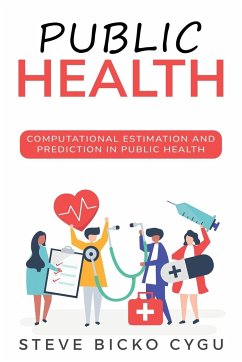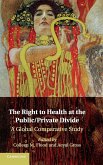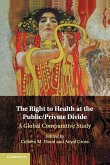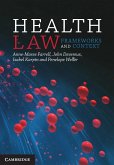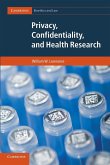Using computational approaches utilizing large datasets to investigate public health information is an important mechanism for institutions seeking to identify strategies for improving public health. The art in computational approaches, for example in health research, is managing the trade-offs between the two perspectives: first, inference and s econd, p rediction. Many techniques from statistical methods (SM) and machine learning (ML) may, in principle, be used for both perspectives. However, SM has a well established focus on inference by building probabilistic models which allows us to determine a quantitative measure of confidence about the magnitude of the effect. Simulation-based validation approaches can be used in conjunction with SM to explicitly verify assumptions and redefine t he specified model, if n ecessary. On the other hand, ML uses general-purpose algorithms to find p atterns t hat b est p redict t he o utcome and makes minimal assumptions about the data-generating process; and may be more effective in a number of situations. My work employs both SM- and ML- based computational approaches to investigate particular public health problems. Chapter One provides philosophical background and compares the application of the two approaches in public health. Chapter Two describes and implements penalized Cox proportional hazard models for time-varying covariates time-to-event data. Chapter Three applies traditional survival models and machine learning algorithms to predict survival times of cancer patients, while incorporating the information about the time-varying covariates. Chapter Four discusses and implements various approaches for computing predictions and effects for generalized linear (mixed) models. Finally, Chapter Five implements and compares various statistical models for handling univariate and multivariate binary outcomes for water, sanitation and hygiene (WaSH) data.
